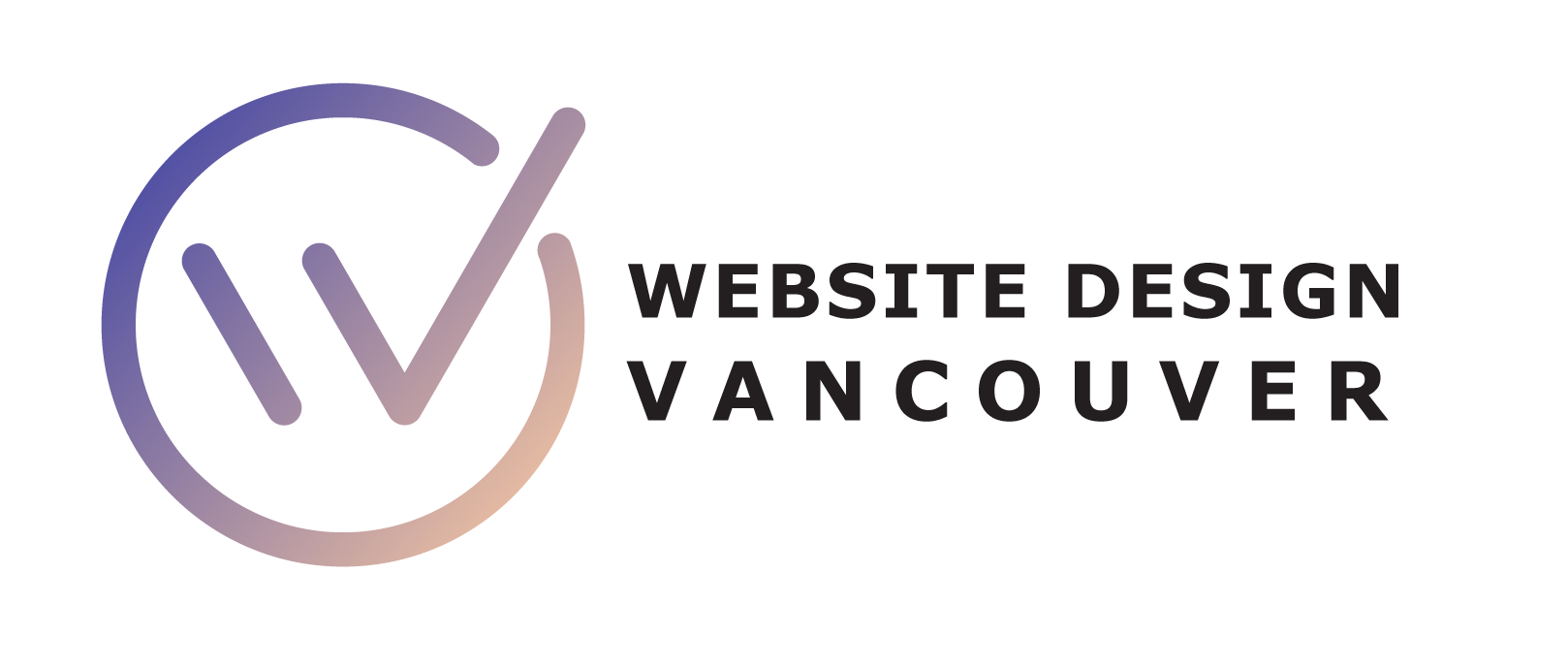Digital product design is an essential skill for any aspiring innovator in today’s digital age. It involves creating a user experience that meets the needs of users while capitalizing on technological advancements. It requires a combination of creativity, user-centricity, and technical knowledge.
In this blog post, we will be discussing the key principles of digital product design you should know in order to create successful products.
Understanding Digital Product Design
Digital product design refers to the process of creating and enhancing digital products such as websites, applications, and software. It involves a combination of digital media design, digital design and development, and digital marketing design to ensure that the end product meets the needs and preferences of users.
Digital product designers use a range of tools and techniques to design interfaces, interactions, and user experiences that are intuitive, seamless, and visually appealing. With the help of experts from Website Design Vancouver, our goal is to create digital products that are user-friendly, effective, and efficient.

The Importance of User-Centricity in Digital Product Design
Digital product design is not just about creating visually appealing interfaces or sophisticated technology. It’s about ensuring that the user’s needs and expectations are at the center of the design process.
In other words, user-centricity is essential to creating a successful digital product. Here are some reasons why:
• Boosts User Engagement:
By focusing on the user’s needs, digital product design can increase engagement. If the design is intuitive and easy to navigate, users are more likely to stay on the website or app longer, leading to better user experiences and increased conversions.
• Enhances Brand Reputation:
A digital product that focuses on user-centric design is more likely to be remembered by users. As a result, the product’s reputation is enhanced, and users are more likely to share it with others, leading to more business opportunities.
• Helps Identify User Needs:
User-centric design helps digital media designers identify the user’s needs, such as what content they want to see, how they want to interact with the product, and what their expectations are. Once designers know what the user needs, they can create a product that is more likely to meet those needs.
• Offers Better Return on Investment:
Digital marketing design that is user-centric offers better returns on investment. A product that is designed with users in mind will have a lower bounce rate and a higher conversion rate, resulting in higher revenue.

Essential Design Principles for a Seamless Digital Experience
1. Consistency:
Consistency is key in digital product design. It ensures that users can navigate your digital platform seamlessly and effortlessly, irrespective of where they are in the process. Consistency includes the use of standardized design elements such as fonts, colors, and buttons.
2. Clarity:
Clarity is vital in product design as it helps users understand the purpose of each digital element and the actions they need to take to achieve their goals. Use clear and concise language, ensure your layout is intuitive, and use visuals to convey information where possible.
3. Responsiveness:
Digital product design must be responsive, ensuring that your design works seamlessly across multiple devices, including mobile phones, tablets, and desktop computers. Test your design across all platforms and ensure that it remains functional and visually pleasing.
4. Accessibility:
Ensure that your design is accessible to all users, regardless of their abilities or disabilities. Accessibility principles such as adequate color contrast and readable font size can make a big difference in ensuring that your product is inclusive.
5. User-centered:
Focus on user-centered design, which means designing with the user’s needs in mind. Gather feedback from users and make improvements based on their feedback to create a product that truly meets their needs.
6. Digital media design:
Ensure that your design incorporates multimedia elements such as videos and images, where appropriate, to enhance user experience and convey information more effectively.
7. Digital design and development:
Collaborate with developers throughout the design process to ensure that your design is not only visually pleasing but also functional and technically feasible.
8. Digital marketing design:
Ensure that your design incorporates elements that help to promote your product and achieve your business goals. Consider the use of call-to-action buttons, social media sharing buttons, and email capture forms.
By incorporating these design principles, you can create a digital product that offers a seamless user experience, promotes engagement, and achieves your business goals.

The Role of Technology in Digital Product Design
Digital product design is the process of creating digital products such as websites, mobile apps, and other digital tools that users interact with. Technology plays a critical role in the design and development of these products.
Here are some ways in which technology impacts digital design and development:
Innovation:
Technology allows designers to incorporate innovative features and functionality into their products. With new tools and technologies emerging every day, designers have a wide range of options to create new and engaging user experiences.
Scalability:
Digital product design must be scalable, meaning that it should be able to accommodate an increasing number of users without compromising performance. Technology provides solutions to these scalability challenges and ensures that products can handle increased traffic or usage.
User Interface:
The user interface (UI) is the visual aspect of digital design that users interact with. Technology enables designers to create responsive and interactive UI elements that provide users with an engaging and intuitive experience.
Speed:
Speed is crucial in product design and development. Technology can help designers optimize their products to load quickly, reduce latency, and increase performance.
Analytics:
Digital design involves a constant cycle of testing, analyzing, and iterating. Technology provides designers with tools to collect data and analyze user behavior, which they can then use to refine their products.
Overall, technology plays a crucial role in product design and development. With the right tools and technologies at their disposal, designers can create engaging, scalable, and high-performing products that provide an excellent user experience.

Challenges in Digital Product Design and How to Overcome Them
Digital product design and development is a complex and dynamic process that involves numerous challenges.
Let’s take a closer look at some of the most common challenges faced by designers and developers and explore ways to overcome them:
Limited resources:
Many designers and developers struggle with limited budgets, tight timelines, and a shortage of talent and resources. To overcome these challenges, it’s important to prioritize your goals and focus on delivering value to your users. Start with the most important features and functionalities and work your way up gradually.
Technical complexity:
Digital product and development often involve a high level of technical complexity, which can be overwhelming for designers and developers. To overcome this challenge, it’s crucial to collaborate closely with technical experts and seek their input and guidance at every stage of the process. This will help ensure that your design is feasible, scalable, and optimized for performance.
User engagement:
One of the biggest challenges in product design and development is ensuring that users engage with your product. This requires a deep understanding of user needs, preferences, and behaviors, as well as an ability to create a seamless, intuitive, and enjoyable user experience. To overcome this challenge, it’s important to conduct thorough user research, test your designs with real users, and iterate based on their feedback.
Changing requirements:
In today’s fast-paced digital environment, requirements can change rapidly and unexpectedly. This can be particularly challenging for designers and developers who need to stay flexible and adaptable. To overcome this challenge, it’s important to embrace agile methodologies, which prioritize collaboration, communication, and flexibility. This will enable you to respond quickly to changing requirements and deliver high-quality products that meet the evolving needs of your users.

Contents Us Now
Ready to take your digital product design to the next level? Our team at Website Design Vancouver is here to help. Contact us today to discuss your design needs and explore how we can work together to create a seamless digital experience for your users.




